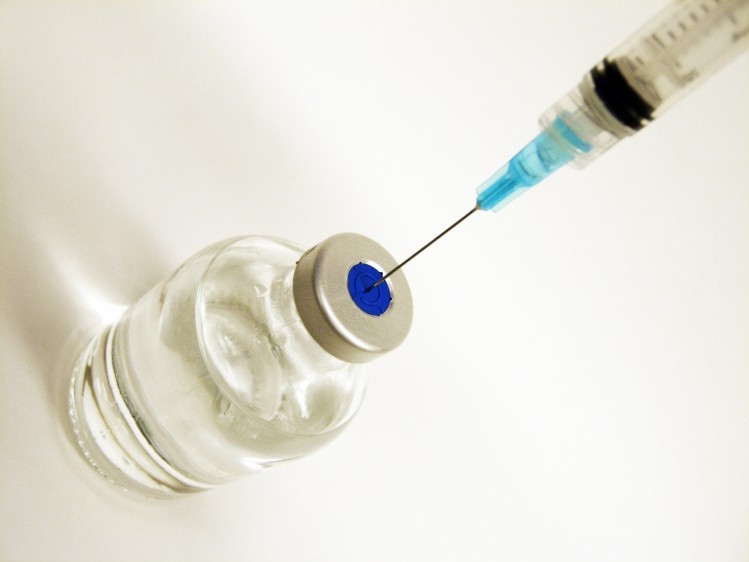Report: Physicians Interested in New Delivery Techs for Migraine Drugs

The Frost & Sullivan survey of more than 220 physicians found that they were most interested in nasal inhalation formulations for migraine drugs, while transdermal patches and topical gel or creams trailed close behind.
Frost & Sullivan Life Sciences senior industry analyst Debbie Toscano told In-Pharmatechnologist the survey did not ask physicians why they were more interested in the nasal formulations, though there are such formulations currently in development and on the market.
Marketed nasal migraine drugs include GlaxoSmithKline’s Imitrex and AstraZeneca’s Zomig. An inhaled version of Allergan’s migraine treatment Levadex was rejected by the US FDA in April due to manufacturing and other concerns.
General Sentiments
According to Frost, the $82B US drug delivery market is “showing no signs of saturation, with major patent expiries, generic competition, tightening US FDA regulations, and emerging drug delivery systems continuing to provide momentum.”
Among the 15 drug delivery systems surveyed, physicians in general prefer the less invasive topical delivery, either as a transdermal patch or topical gel/cream, and expressed willingness to switch their current mode of therapy to one available in these forms, especially if it might increase patient compliance.
“Physicians realize that it doesn’t matter how good the drug is if the patient doesn’t take it,” Toscano told us.
However, in general physicians prefer drug delivery methods aligned with industry expectations, and other drug delivery methods are usually only used by a small proportion of physicians.
Specific Changes Expected
Other than migraines, multiple sclerosis (MS) and Type 1 diabetes were the other two therapeutic areas that seem to have the highest likelihood of a new drug delivery platform catching on. Transdermal patches for patients with MS and oral delivery, rather than subcutaneous injection, for Type 1 diabetes were the most favoured.
A study published in JAMA Neurology last month concluded that in patients with relapsing-remitting MS, treatment with a myelin peptide skin patch “significantly reduced both magnetic resonance imaging and clinically defined measures of disease activity and was safe and well tolerated.”
Toscano added: "When selecting the optimal drug delivery method, reimbursement incentives for improving adherence and impact on formulary decisions are proven to be important factors.”
Patients Respond
As for patients, of which Frost surveyed 650, on average about one in five said they definitely or probably would usea new and improved drug delivery method even if the cost of the therapy increased by 50% above the current method.
The likelihood of finding patients willing or looking to switch were highest for those with Crohn’s disease, especially if the new delivery method caused only a 10% or 25% price increase.
Patients with severe Crohn’s have to use an injectable, though a few manufacturers are working on oral Crohn’s treatments drugs that aren’t released until they get to the intestines, “so that’s going to be a big advantage,” Toscano said.
She also said she was surprised by the overall willingness and receptiveness of patients, especially those with obesity, to use an injectable.























